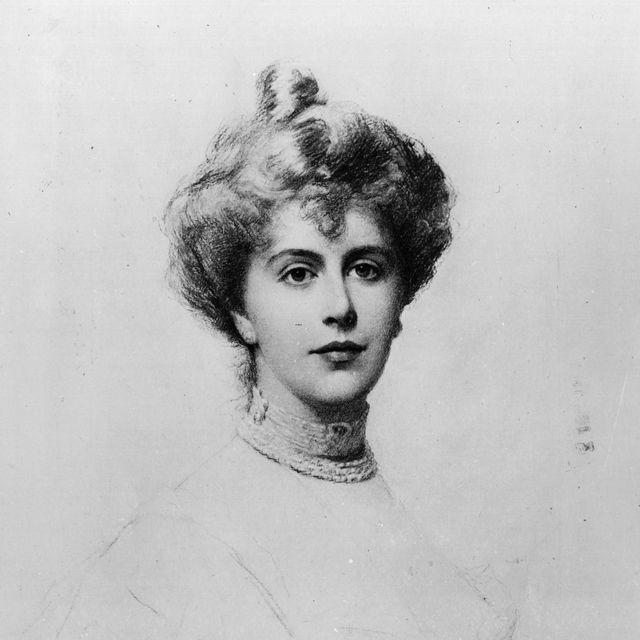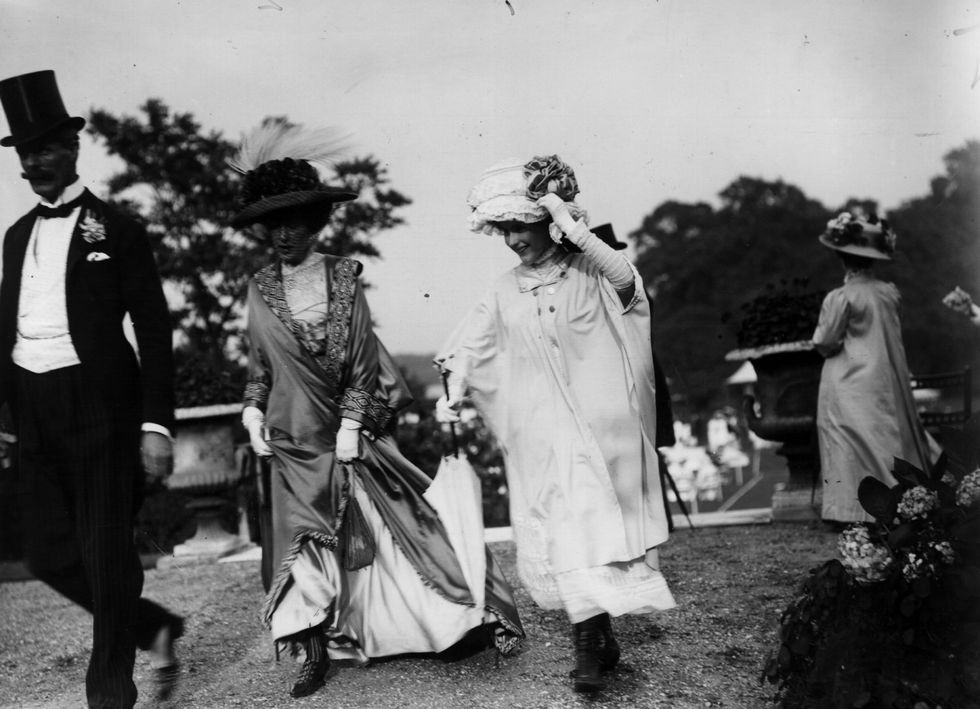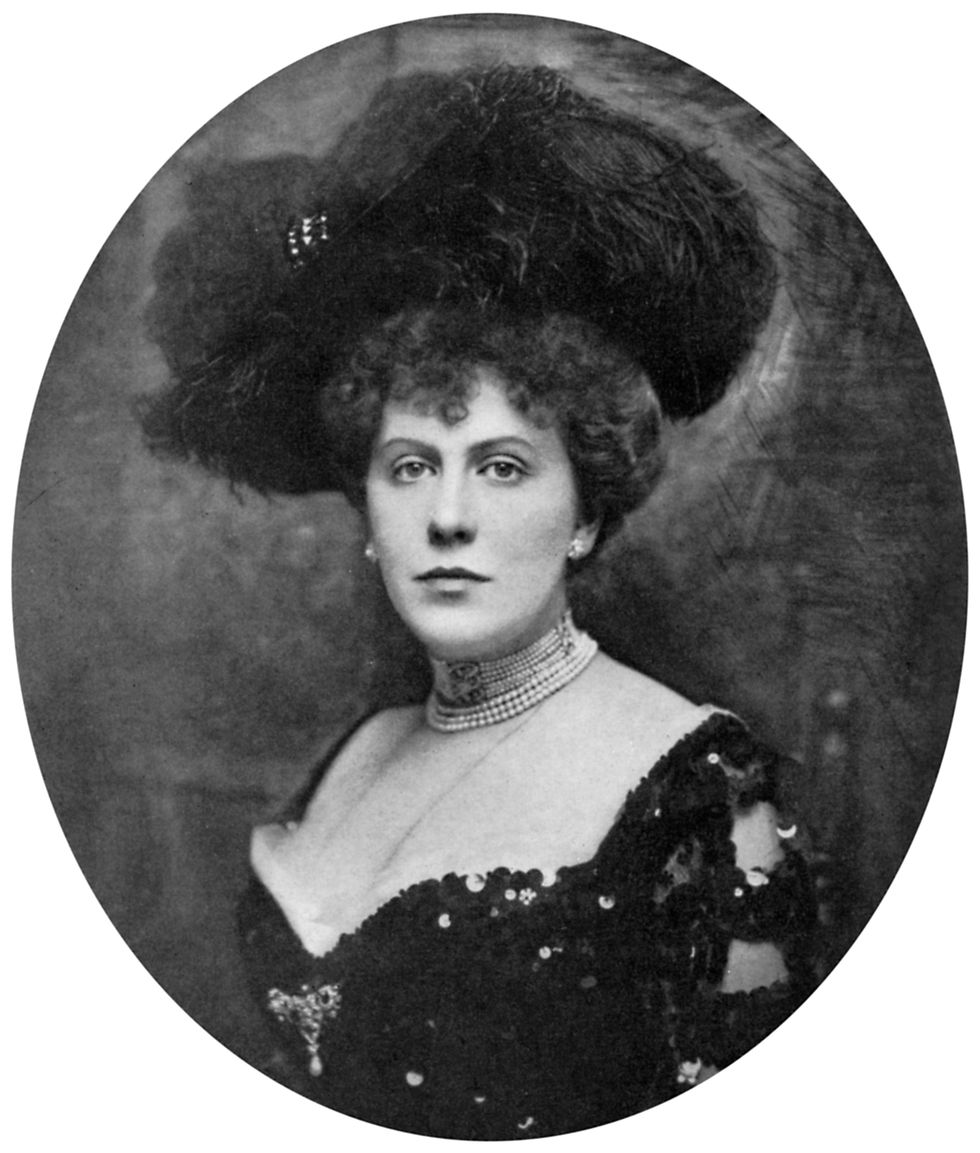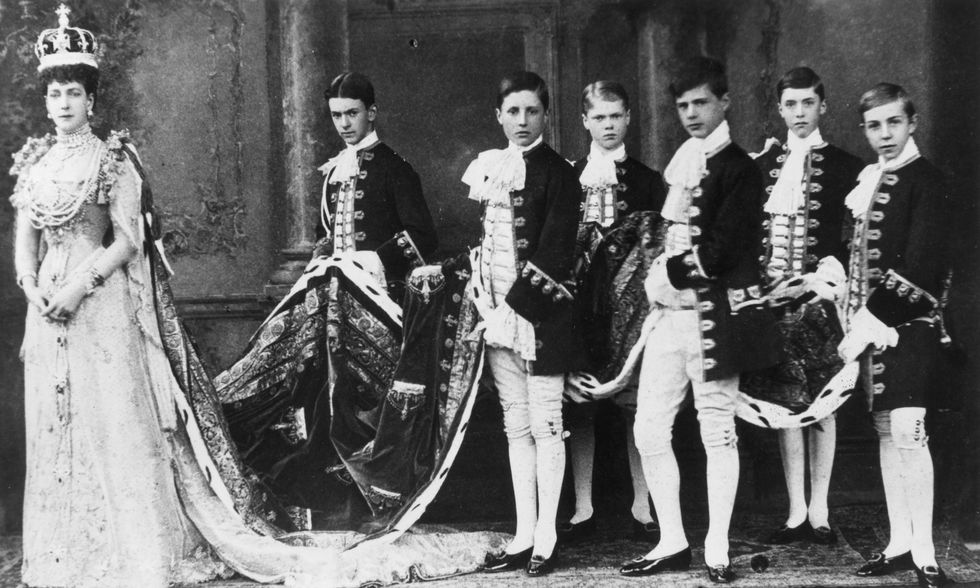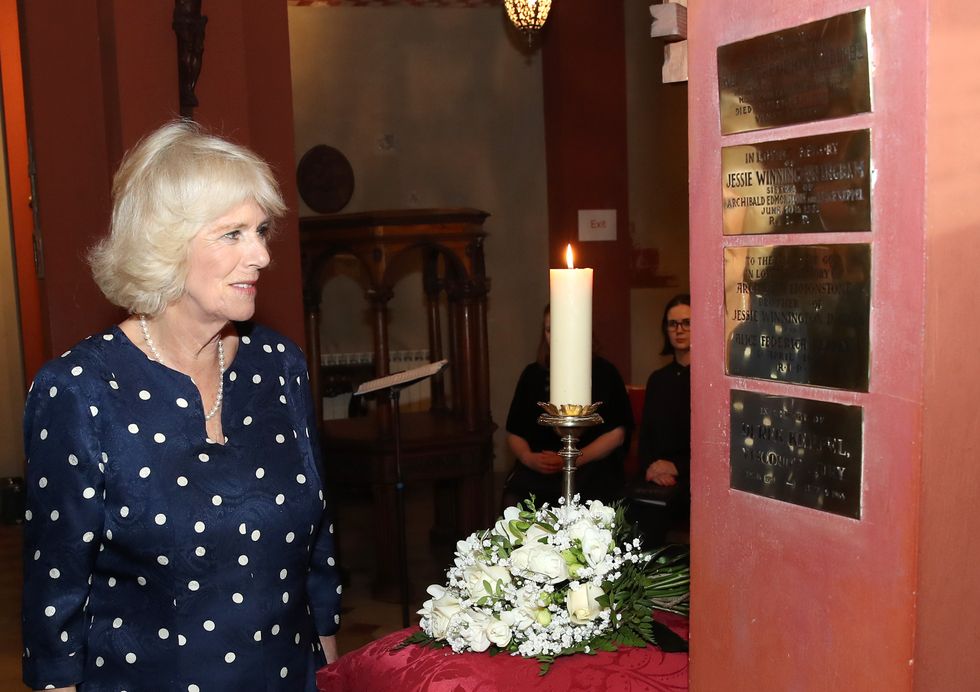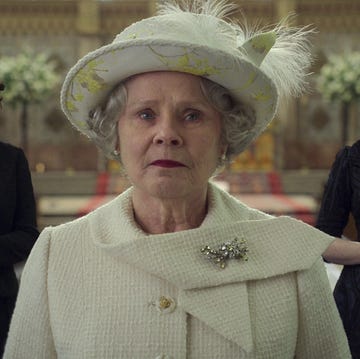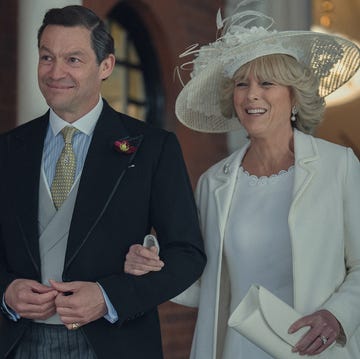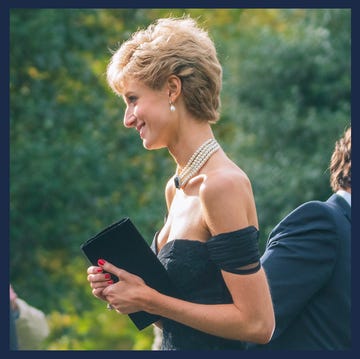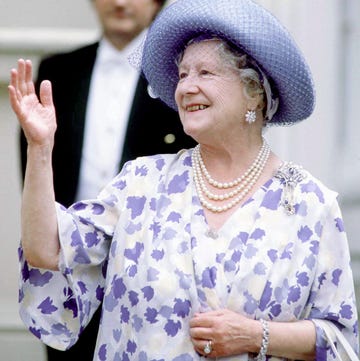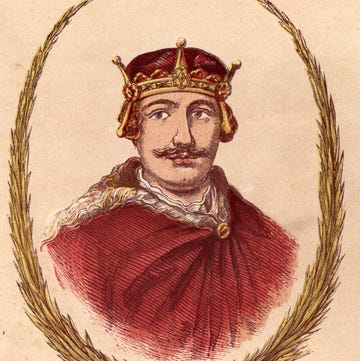Although the torrid love triangle of Prince Charles, Princess Diana, and Camilla Parker Bowles promises to be season four of The Crown's biggest scandal, for British history buffs, it is merely an example of history repeating itself. The now-Duchess of Cornwall was not the first to have an affair with a royal in her family. Her great-great grandmother Alice Keppel was famously the favorite mistress of King Edward VII. That's right, Charles and Camilla's great-great grandparents also had an illicit relationship.
Alice Keppel was the toast of Edwardian society.
Alice Frederica Edmonstone, who went by the nickname Freddie (or even, "flirtatious Freddie") was born into a high-ranking family in 1868: her father was a Baronet and an admiral in the Royal Navy. She grew up in Duntreath Castle in Scotland and married Lieutenant-Colonel George Keppel, a British Royal officer, at 23. She was a renowned beauty with chestnut hair, a pale complexion, large blue eyes, a small waist, and a large chest—all features that were greatly coveted in "the naughties nineties." Alice was also known for being an exceptionally kind person, even to her enemies. "She was luminous, resplendent... She not only had a gift of happiness, but she excelled in making others happy. She resembled a Christmas tree laden with presents for everyone," her daughter Violet said.
When Alice and George moved to London, they were part of the city's top social circles and Alice began having affairs in order to move up the social ladder. The money and connections allowed her to thrive as a society hostess, which is how she met Prince Albert Edward in 1898 when he was 56 and she was 29. They stayed together for twelve years, through his coronation as King Edward VII until his death in 1910.
George Keppel knew about the affairs.
Alice and George had a happy marriage, if unconventional by today's modern standards. They raised two daughters together, Violet and Sonia (Sonia Keppel would be Camilla's great-grandmother), who described their parents' marriage as full of love and laughter. George also had several affairs of his own and when asked about his wife, reportedly said: "I do not mind what she does as long as she comes back to me in the end." Whenever they received word that the king was stopping by their home, George would discreetly leave. He also benefited from the affair, as the king gave Alice shares in a rubber company (amounting to about $7 million today), created endowments for her through his friends, and promoted George to a high-paying job under Sir Thomas Lipton.
The Queen Consort Alexandra of Denmark and Alice Keppel were allies.
Unlike Princess Diana, who felt that her marriage was "crowded with the three of us," the Queen Consort found Alice to be helpful, and greatly preferred her to the king's previous mistress, Daisy Warwick. Alice was discreet about her relationship with the king and was known for smoothing out his erratic behavior. She even helped the king commission a set of Faberge animals for Alexandra, knowing that she collected them, and often picked out lovely gifts for the Queen.
She was a key influence on royal policy.
Alice could be relied upon to keep the king in a good mood, and hosted numerous events with the Liberal Party, as a trusted advisor. The Viceroy of India praised her saying, "There were one or two occasions when the King was in disagreement with the Foreign Office and I was able, through her, to advise the King with a view to the policy of Government being accepted. She was very loyal to the King and patriotic at the same time."
Her brother Archie also became a groom-in-waiting for the king.
After the King's death, Alice left the court.
Despite Alice's urging to take better care of himself, the king wasn't in good health and died on May 6, 1910. Alice was hysterical at his deathbed and had to be removed from his room. The Dowager Queen Alexandra made no place for Alice in court, so the Keppel family traveled for several years. In 1925, George and Alice settled in a villa, once owned by Galileo near Florence, Italy, and continued to host prominent members of British society, including Winston Churchill.
Alice was the last of an era where royal mistresses were considered an acceptable role in court, much to her dismay. In 1936 when Albert's grandson Edward VIII abdicated the throne to marry Wallis Simpson, a divorcee. It is said that Alice declared, "Things were done much better in my day."
Alice Keppel died in 1947, followed by her husband George two-and-a-half months later after 56 years of marriage.

Olivia Hosken is the deputy managing editor of House Beautiful, where she oversees operations across the brand's print and digital platforms. She also writes about design and architecture and was previously the style & interiors writer at Town & Country and the managing editor of Dwell.
